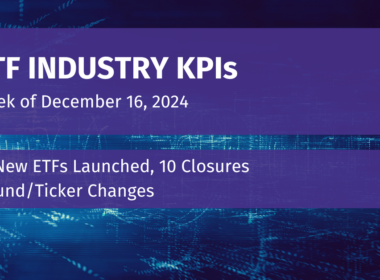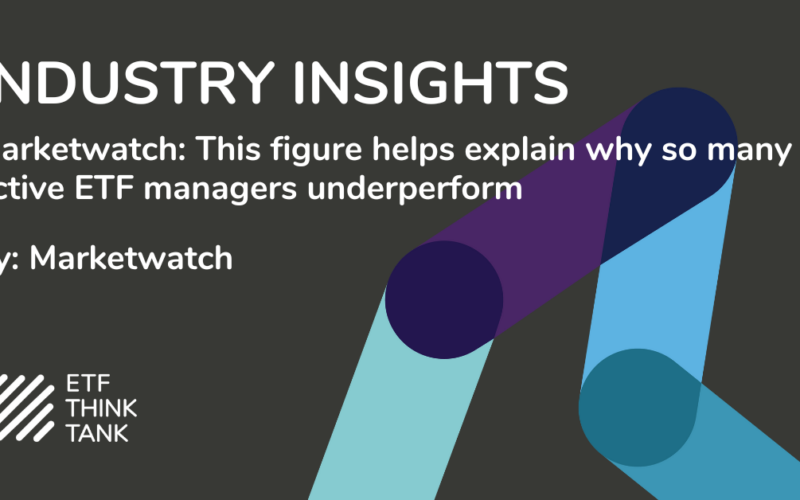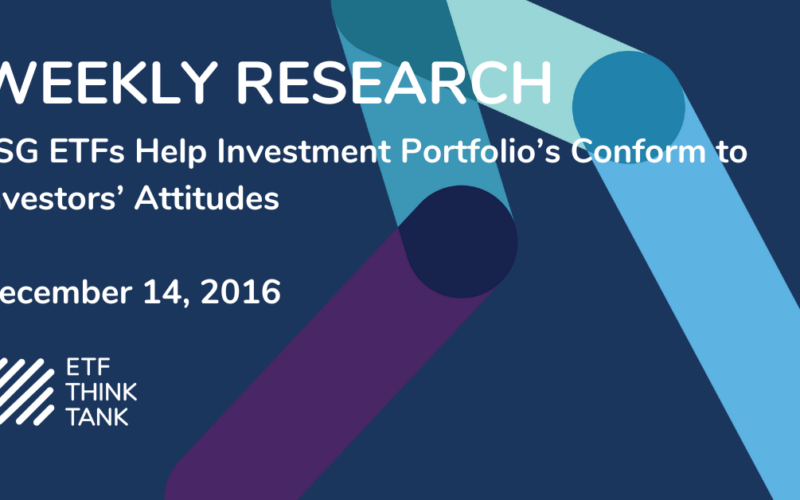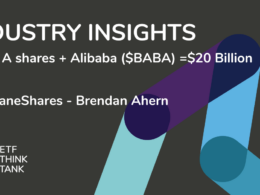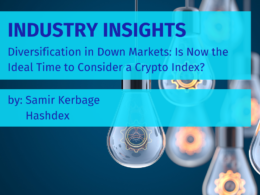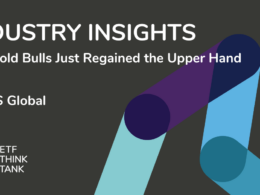Are your active funds active enough?
Non-passive funds—where the components are chosen by a team or through a rules-based system, rather than simply tracking a benchmark—have fallen out of favor in recent years, with investors instead gravitating toward funds that are cheaper, easier to understand, and which never underperform.
Another factor keeping investors from embracing them? These active funds may, in fact, be too passive.
A key metric for evaluating mutual funds and exchange-traded funds underlines why active and “smart beta” products have seen far less adoption than their passive equivalents: active share, or the degree to which the holdings of a non-passive product overlap with its closest benchmark (for example, an active large-cap U.S. equity fund compared with the S&P 500 SPX, -0.20%
If an active or smart-beta fund has a low active share, either by holding the same securities or having similar allocations to its benchmark, then it will have a high correlation with that index. (For this reason, portfolio managers with low levels of active share are frequently referred to as “closet indexers.”) This limits the fund’s potential for outperformance, especially after fees are taken into account.
If investors are able to get similar performance for a cheaper fee, it’s hard for an adviser to advocate for a nonpassive product instead. In fact, data has shown that an overwhelming number of active funds underperform over the long term, as do smart-beta funds.
This could be a reason why active and smart-beta funds have seen comparably less interest. Thus far this year, $5.28 billion has flowed into active ETFs, according to Morningstar data, while $41.2 billion has gone into smart beta, which Morningstar refers to as “strategic beta.” More than $223 billion has gone into passive ETFs.
“There’s a bit of research that shows if you don’t have at least 80% active share, then it’s unlikely that you will outperform after fees,” said Andrew Slimmon, a managing director at Morgan Stanley Investment Management, where he is the lead senior portfolio manager on all long equity strategies for Applied Equity Advisors. Referring to the active managers who notably outperform, he said “the key issue is that they have more dispersion to the index.”
Passive strategies are particularly strong in periods of robust economic growth, when the market’s gains are broad based. Active managers tend to perform better in periods of volatility, as in the third quarter of this year, when 53% of active managers outperformed their benchmark, according to data from J.P. Morgan. That quarter was marked by post-Brexit volatility, as well as uncertainty going into the U.S. election. Because of events like that, Candace Browning, the head of BofA Merrill Lynch Global Research, recently wrote that “2017 could be the year of the active investor.”
Of course, high active share cuts both ways. Assuming a fund doesn’t frequently change its holdings en masse, it will go through periods when its strategy is in vogue, allowing it to outperform, as well as through periods where it is out of sync with the market cycle, leading to underperformance.
“Active share does not mean outperformance. What it means is the potential to outperform,” said Michael Venuto, chief investment officer at Toroso Investments. “No active share means no outperformance, guaranteed. If you have it, then you at least have the potential.”
Venuto uses active share calculations in researching prospective funds to invest in. As an example, he compared the PowerShares Exchange Traded Fund FTSE RAFI US 1000 Portfolio PRF, -0.25% —a large-cap equity fund—with the SPDR S&P 500 ETF Trust SPY, -0.22% which tracks the S&P 500. The two funds have an overlap of 70%, per his calculations, but while the PowerShares fund comes with an expense ratio of 0.39%, the SPDR fund has a fee of 0.09%.
“For that 70%, I should only spend what it costs to get the S&P,” he said. “Therefore, you’re basically paying 30 basis points for the remaining 30%—for the active share. That would be like paying 90 basis points for the fund overall, and I do not feel that there’s enough difference in the active share to justify that expense ratio. This isn’t the only thing I’d look at here, but this alone is definitely enough to deter me from the product.”
Venuto’s calculations were derived from software his firm developed. Invesco, which manages the PowerShares family of ETFs, didn’t immediately return requests for comment.
The average expense ratio for a U.S. smart-beta ETF is 0.356%, according to Morningstar. For a passive fund, it is 0.344%, although many of the most popular offer ratios below 0.1%, and analysts view the passive industry as being in a “race to zero.” Active ETFs that cover U.S. stocks have an average fee of 0.864%.
For a large-cap equity fund that justifies its expense ratio, Venuto cited the Direxion All Cap Insider Sentiment KNOW, -0.05% which has a fee of 0.65% but only a 14% overlap with the S&P 500. “The overlap is so low that the ‘smart’ portion of the portfolio is equal to the expense ratio. What you pay coincides with what you should actually pay.”
He added that in a case like this, he would also research the fund’s strategy, tradability, and spreads before investing.
The problem with active share is that it is difficult to calculate—especially for mutual funds, which don’t disclose their holdings daily, unlike ETFs.
Dave Nadig, the chief executive officer of ETF.com, an ETF research and analytics firm, said he was of “a mixed mind” about using active share as a guiding principle.
“I’m a skeptic for people leaning too hard on it, as it is challenging to calculate and because it doesn’t predict performance so much as increase the risk for a higher dispersion of performance,” he said. “That said, if you want outperformance, a high-fee low-active manager is not going to give you what you’re looking for. You’d basically be buying an expensive index.”


